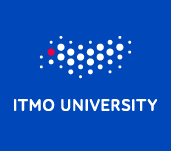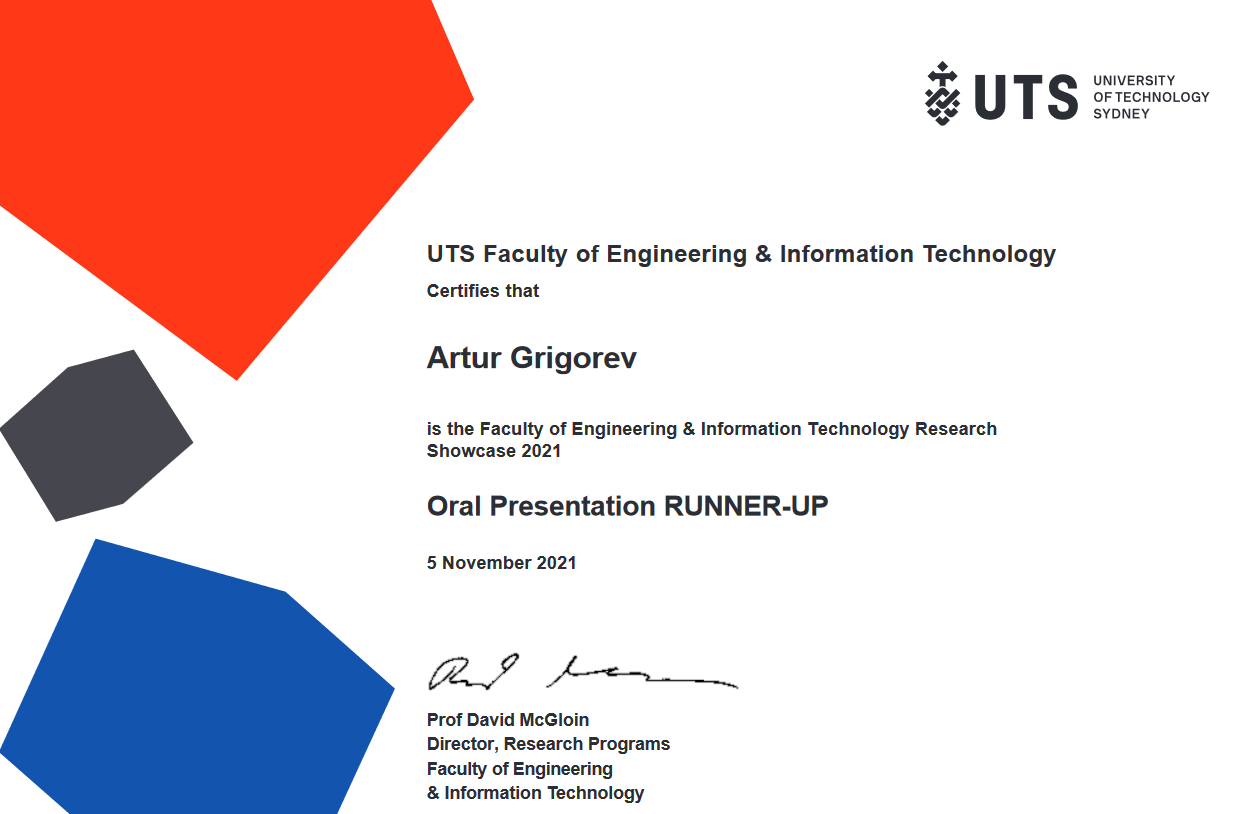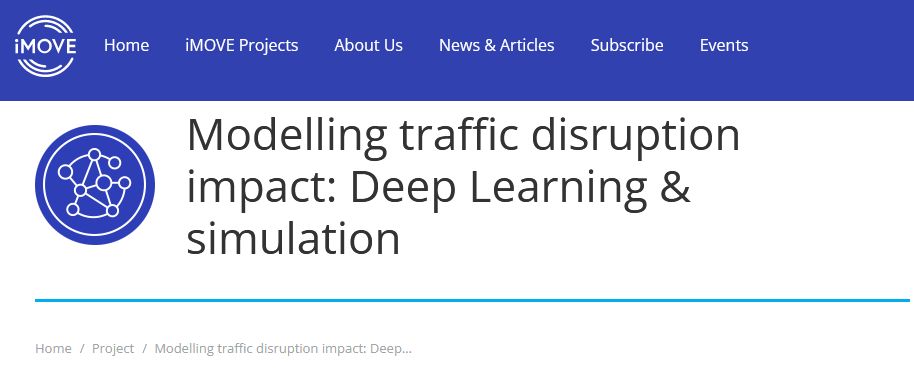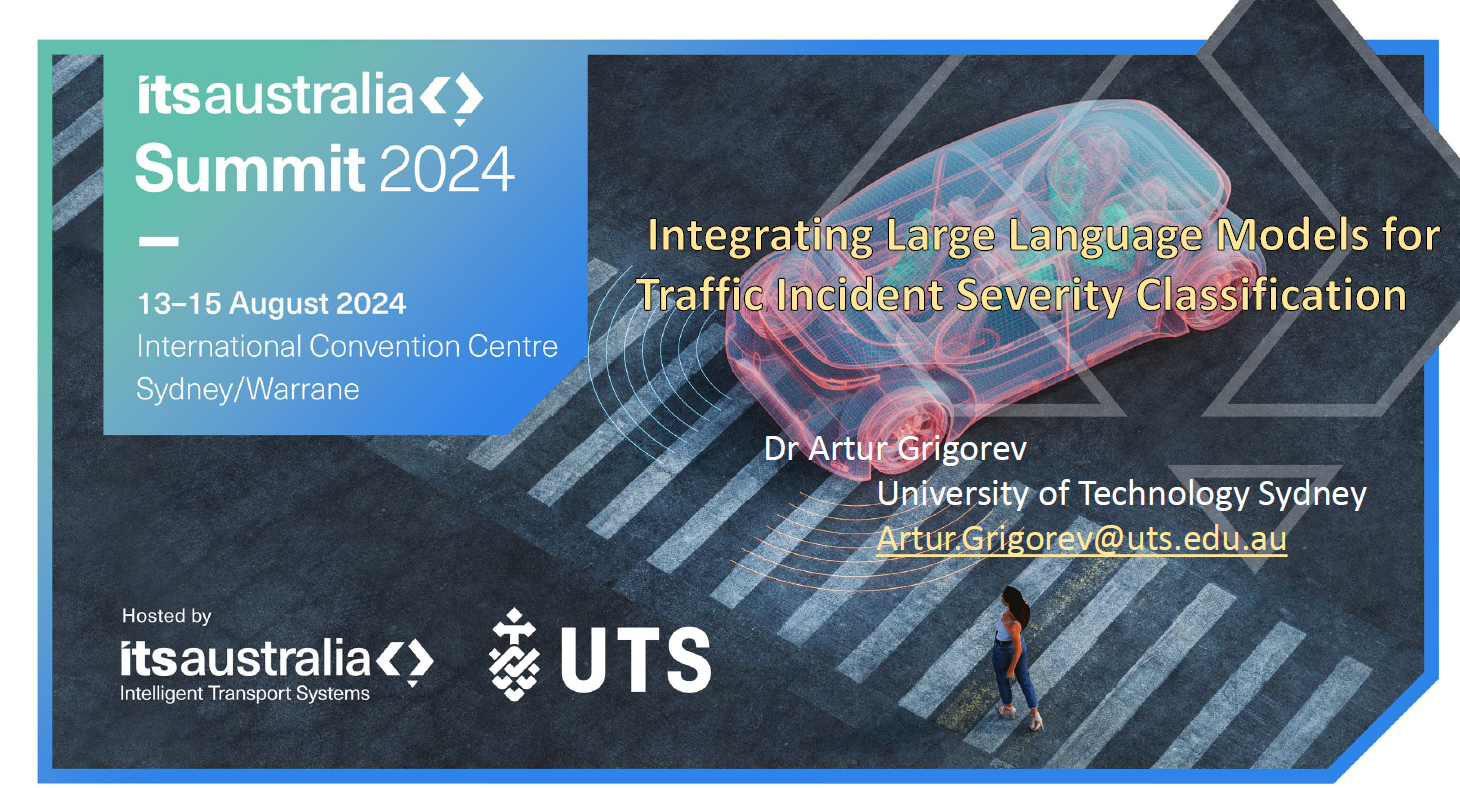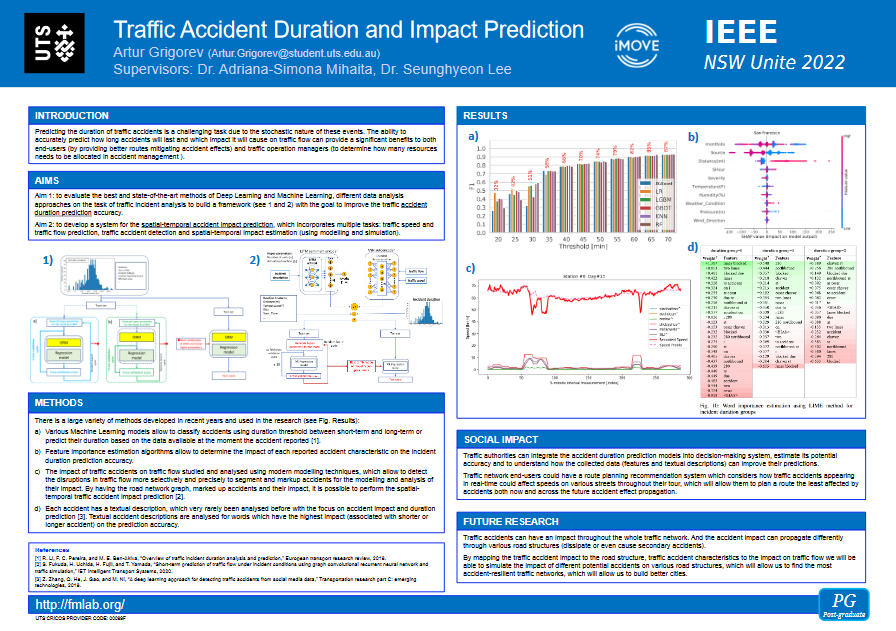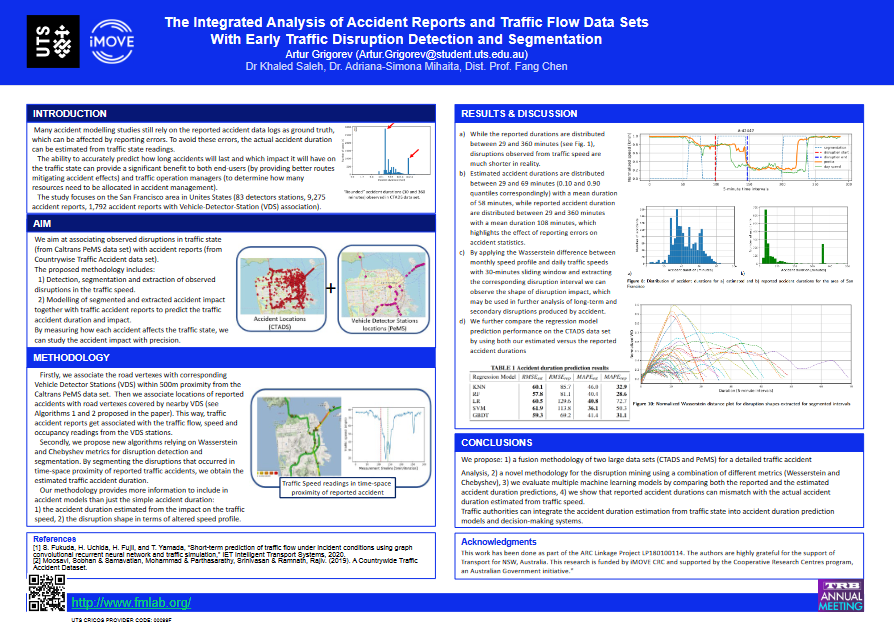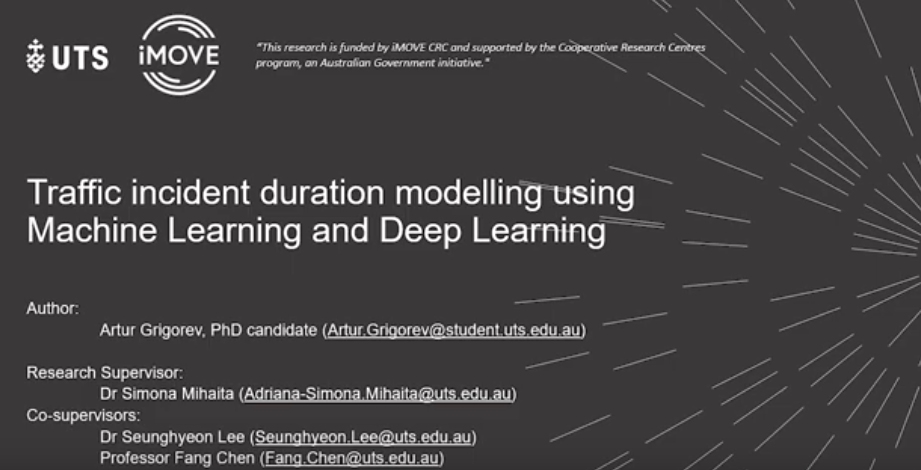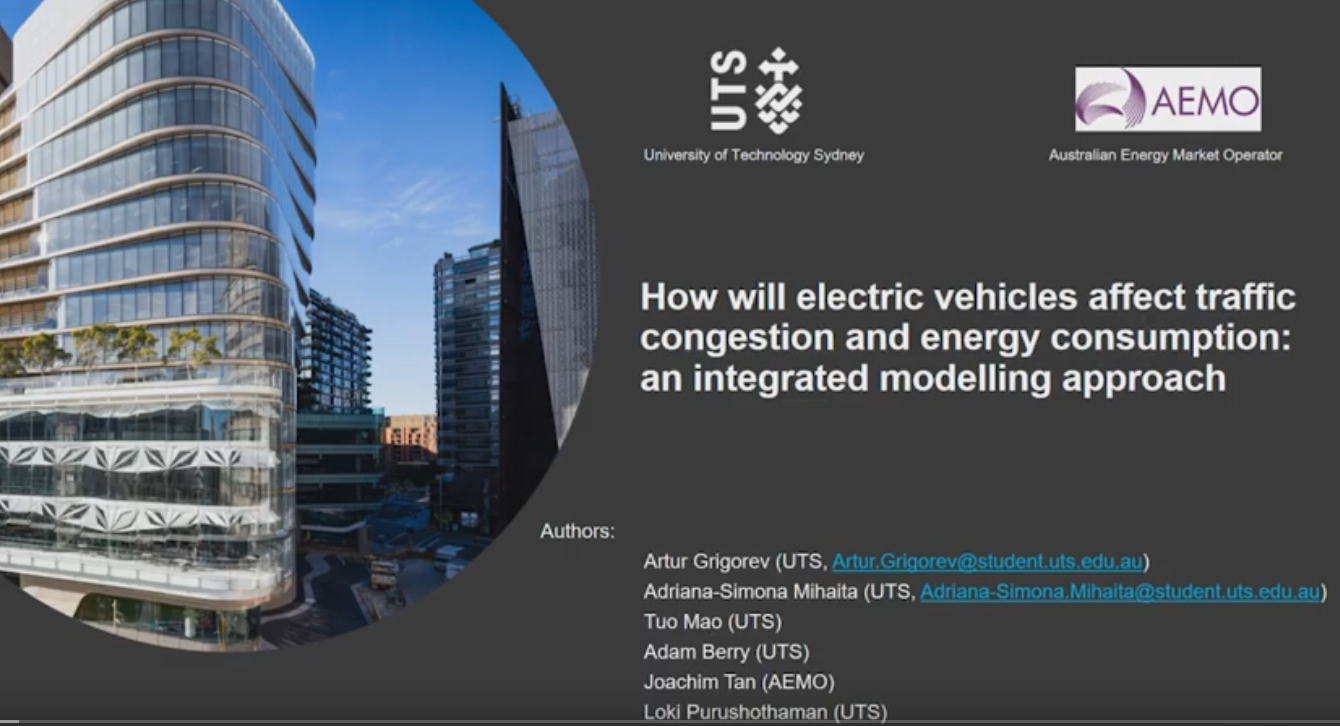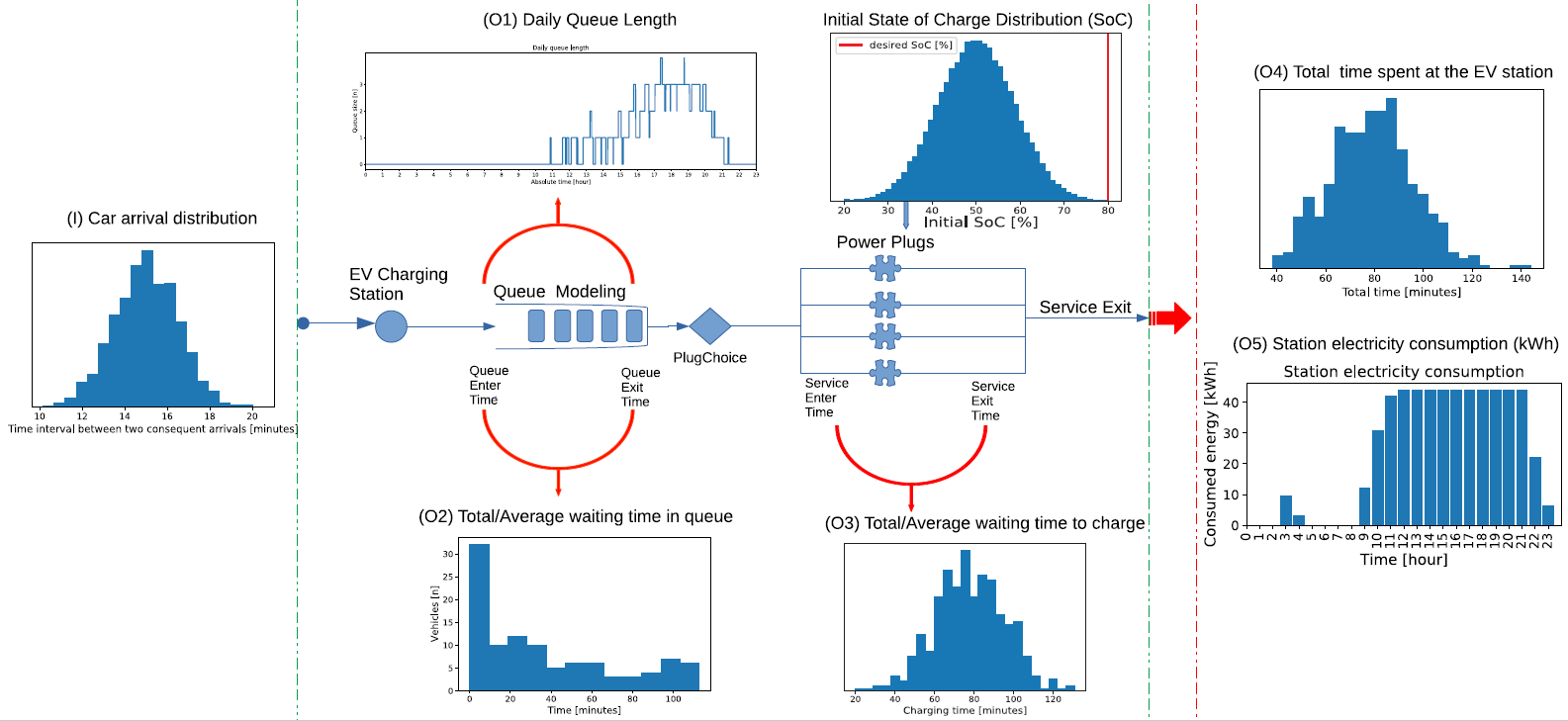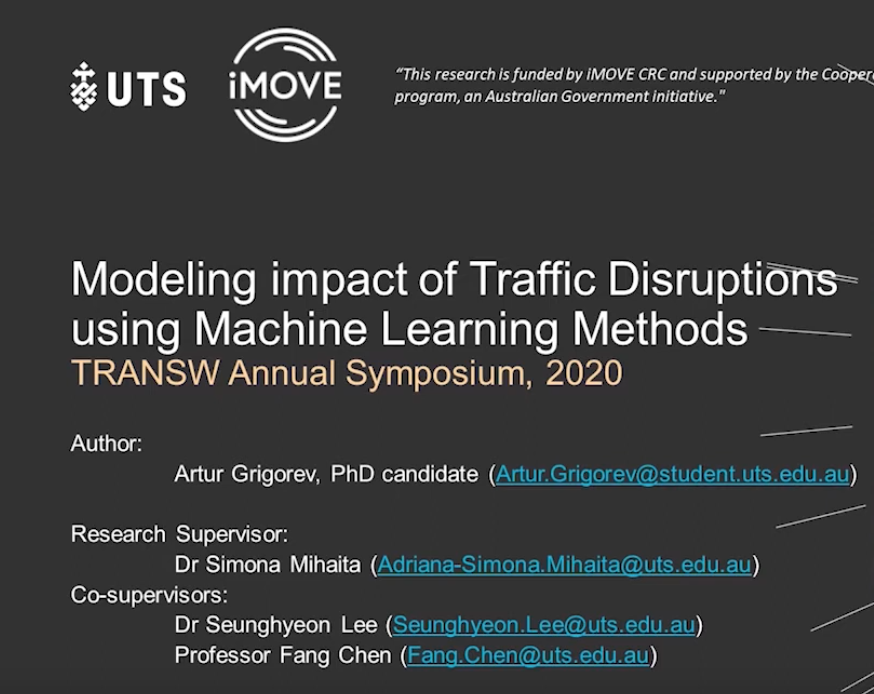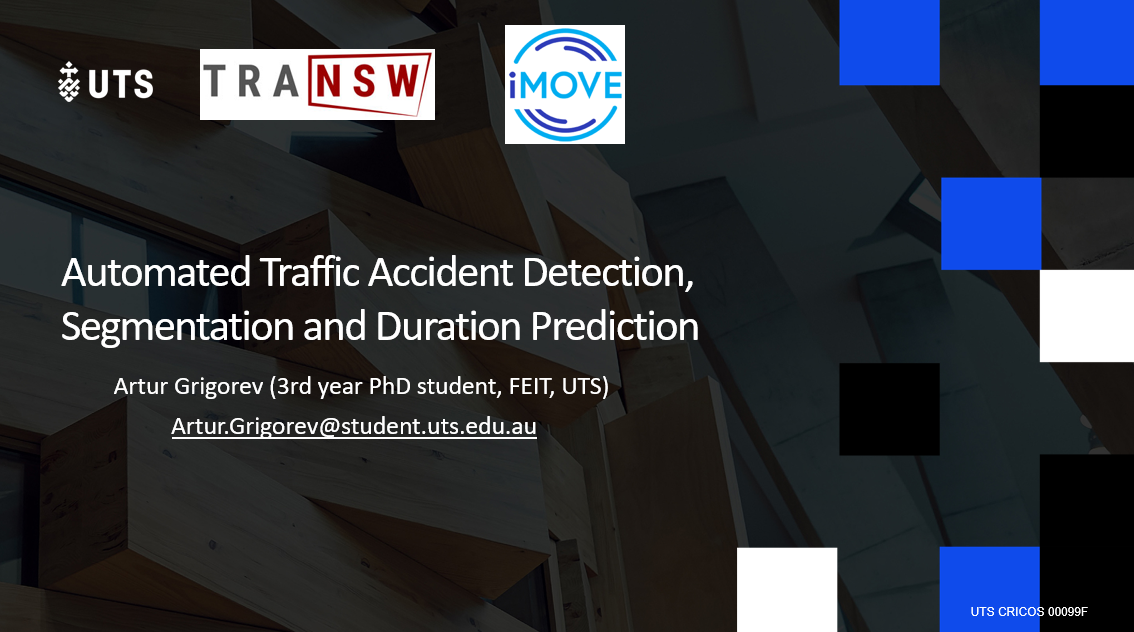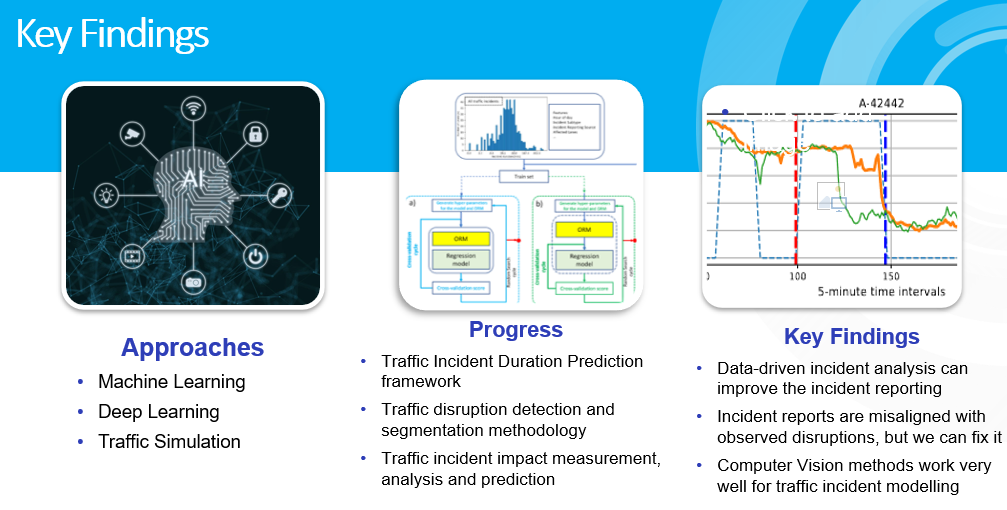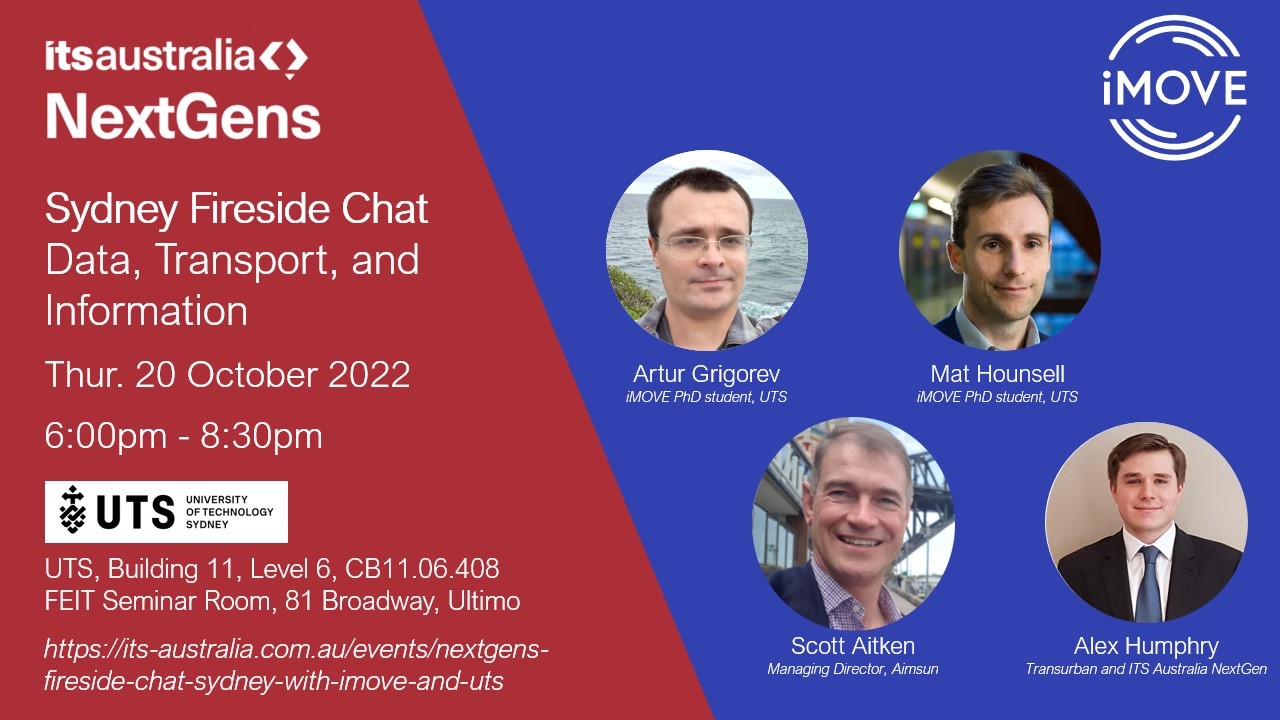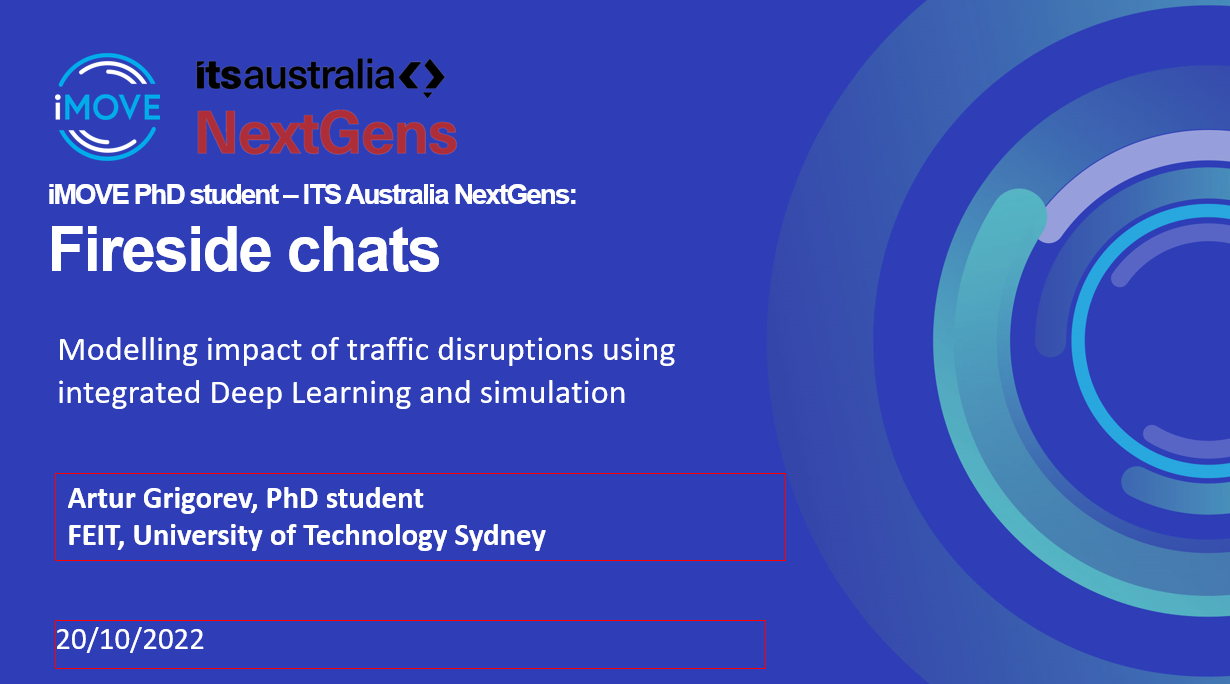Incident duration prediction using a bi-level machine learning framework with outlier removal and intra–extra joint optimisation, Transportation Research Part C: Emerging Technologies, Volume 141, 2022, 103721, ISSN 0968-090X, Artur Grigorev, Adriana-Simona Mihaita, Seunghyeon Lee, Fang Chen, https://doi.org/10.1016/j.trc.2022.103721.
Abstract: Predicting the duration of traffic incidents is a challenging task due to the stochastic nature of events. The ability to accurately predict how long accidents will last can provide significant benefits to both end-users in their route choice and traffic operation managers in handling of non-recurrent traffic congestion. This paper presents a novel bi-level machine learning framework enhanced with outlier removal and intra–extra joint optimisation for predicting the incident duration on three heterogeneous data sets collected for both arterial roads and motorways from Sydney, Australia and San-Francisco, U.S.A. Firstly, we use incident data logs to develop a binary classification prediction approach, which allows us to classify traffic incidents as short-term or long-term. We find the optimal threshold between short-term versus long-term traffic incident duration, targeting both class balance and prediction performance while also comparing the binary versus multi-class classification approaches using quantiled duration groups and varying threshold split. Secondly, for more granularity of the incident duration prediction to the minute level, we propose a new intra–extra Joint Optimisation algorithm (IEO-ML) which extends multiple baseline ML models tested against several regression scenarios across the data sets. Final results indicate that: (a) 40–45 min is the best split threshold for identifying short versus long-term incidents and that these incidents should be modelled separately, (b) our proposed IEO-ML approach significantly outperforms baseline ML models in 66% of all cases showcasing its great potential for accurate incident duration prediction. Lastly, we evaluate the feature importance and show that time, location, incident type, incident reporting source and weather at among the top 10 critical factors which influence how long incidents will last.
Keywords: Incident duration prediction; Arterial road versus motorways incident management; Classification; Regression; Machine learning; Extreme-boosted decision-trees; Light gradient boosting modelling; Intra–extra joint optimisation
URL: https://arxiv.org/abs/2205.05197
Predicting the duration of traffic incidents for Sydney greater metropolitan area using machine learning methods, Grigorev, A., Shafiei, S., Grzybowska, H., & Mihaita, A. S., 2024. arXiv preprint arXiv:2406.18861.
This research presents a comprehensive machine learning approach to predicting the duration of traffic incidents, classifying them as short-term or long-term, and understanding the factors that affect the duration the most. Using a dataset from the Sydney Metropolitan Area that includes detailed records of traffic incidents, road network characteristics, and socio-economic indicators, we train and evaluate a variety of advanced machine learning models including Gradient Boosted Decision Trees (GBDT), Random Forest, LightGBM, and XGBoost. The models are assessed using Root Mean Square Error (RMSE) for regression tasks and F1 score for classification tasks.
Our experimental results demonstrate that XGBoost and LightGBM outperform conventional models, with XGBoost achieving the lowest RMSE of 33.7 for predicting incident duration and the highest classification F1 score of 0.62 for a 30-minute duration threshold. For classification, the 30-minute threshold balances performance with 70.84% short-term duration classification accuracy and 62.72% long-term duration classification accuracy. Feature importance analysis, employing both tree split counts and SHAP values, identifies the number of affected lanes, traffic volume, and types of primary and secondary vehicles as the most influential features.
The proposed methodology not only achieves high predictive accuracy but also provides stakeholders with vital insights into local area factors contributing to incident durations. These insights enable more informed decision-making for traffic management and response strategies.
URL: https://arxiv.org/pdf/2406.18861
"How will electric vehicles affect traffic congestion and energy consumption: an integrated modelling approach," 2021 IEEE International Intelligent Transportation Systems Conference (ITSC), Indianapolis, IN, USA, 2021, pp. 1635-1642, A. Grigorev, T. Mao, A. Berry, J. Tan, L. Purushothaman and A. -S. Mihaita, doi: 10.1109/ITSC48978.2021.9564561.
Abstract: This paper explores the impact of electric vehicles (EVs) on traffic congestion and energy consumption by proposing an integrated bi-level framework comprising of: a) a dynamic micro-scale traffic simulation suitable for modelling current and hypothetical traffic and charging demand scenarios and b) a queue model for capturing the impact of fast charging station use, informed by traffic flows, travel distances, availability of charging infrastructure and estimated vehicle battery state of charge. To the best of our knowledge, this paper represents the first integrated analysis of potential traffic congestion and energy infrastructure impacts linked to EV uptake, based on real traffic flows and the placement and design of existing fast-charging infrastructure. Results showcase that the integrated queue-energy-transport modelling framework can predict correctly the limitations of the EV infrastructure as well as the traffic congestion evolution. The modelling approach identifies concrete pain points to be addressed in both traffic and energy management and planning.
URL: https://arxiv.org/abs/2110.14064
Traffic incident duration prediction via a deep learning framework for text description encoding. Grigorev, Artur & Adriana Simona, Mihaita & Saleh, Khaled & Piccardi, Massimo. (2022). 1770-1777. 10.1109/ITSC55140.2022.9921768.
Abstract: Predicting the traffic incident duration is a hard problem to solve due to the stochastic nature of incident occurrence in space and time, a lack of information at the beginning of a reported traffic disruption, and lack of advanced methods in transport engineering to derive insights from past accidents. This paper proposes a new fusion framework for predicting the incident duration from limited information by using an integration of machine learning with traffic flow/speed and incident description as features, encoded via several Deep Learning methods (ANN autoencoder and character-level LSTM-ANN sentiment classifier). The paper constructs a cross-disciplinary modelling approach in transport and data science. The approach improves the incident duration prediction accuracy over the top-performing ML models applied to baseline incident reports. Results show that our proposed method can improve the accuracy by 60% when compared to standard linear or support vector regression models, and a further 7% improvement with respect to the hybrid deep learning auto-encoded GBDT model which seems to outperform all other models. The application area is the city of San Francisco, rich in both traffic incident logs (Countrywide Traffic Accident Data set) and past historical traffic congestion information (5-minute precision measurements from Caltrans Performance Measurement System).
URL: https://arxiv.org/abs/2209.08735
Traffic Accident Risk Forecasting using Contextual Vision Transformers. In 2022 IEEE 25th International Conference on Intelligent Transportation Systems (ITSC) (pp. 2086-2092). IEEE. Saleh, K., Grigorev, A., & Mihaita, A. S. (2022, October).
Abstract: Recently, the problem of traffic accident risk forecasting has been getting the attention of the intelligent transportation systems community due to its significant impact on traffic clearance. This problem is commonly tackled in the literature by using data-driven approaches that model the spatial and temporal incident impact, since they were shown to be crucial for the traffic accident risk forecasting problem. To achieve this, most approaches build different architectures to capture the spatio-temporal correlations features, making them inefficient for large traffic accident datasets. Thus, in this work, we are proposing a novel unified framework, namely a contextual vision transformer, that can be trained in an end-to-end approach which can effectively reason about the spatial and temporal aspects of the problem while providing accurate traffic accident risk predictions. We evaluate and compare the performance of our proposed methodology against baseline approaches from the literature across two large-scale traffic accident datasets from two different geographical locations. The results have shown a significant improvement with roughly 2% in RMSE score in comparison to previous state-of-art works (SoTA) in the literature. Moreover, our proposed approach has outperformed the SoTA technique over the two datasets while only requiring 23x fewer computational requirements.
URL: https://arxiv.org/abs/2209.11180
 PhD in Information Technology / 2020 - 2024
PhD in Information Technology / 2020 - 2024


